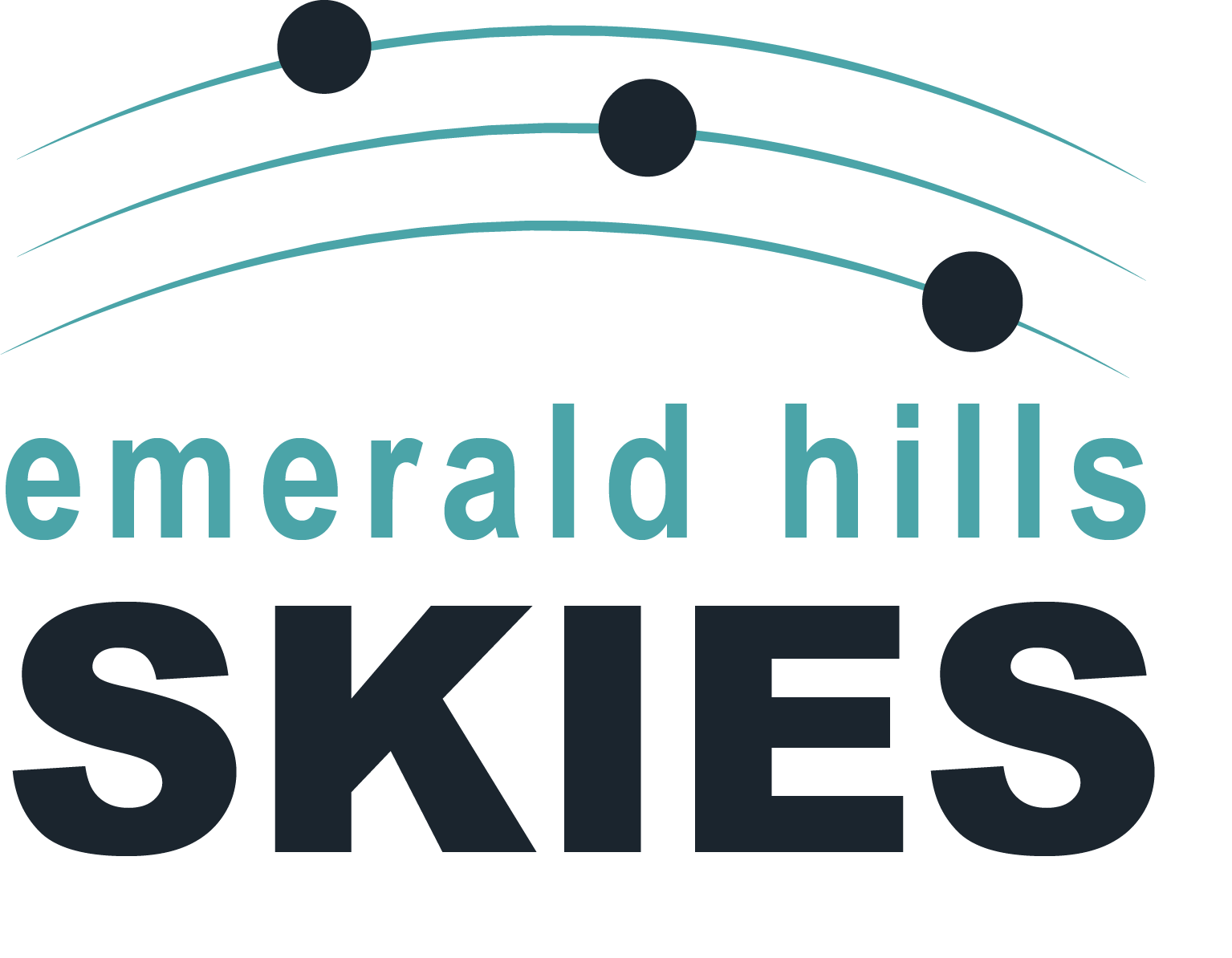Computer and Software
Most CMOS and CCD astronomy cameras deliver a digital signal, so some kind of digital device or computer is needed to acquire and process this signal and convert it to a viewable image. With a camera made by ZWO, one can use the ASI Air system of components. In this case, one can operate wirelessly with any Android or iOS smartphone or tablet. The ASIAIR PRO WiFi camera-controller can capture images using ZWO cameras and enable fairly advanced image manipulation. The other route is to use a laptop and computer software. The most commonly used software for EAA, a package called SharpCap, only runs in a Windows environment, so a PC (or a Mac computer running Windows) is required. SharpCap also has useful features such as polar alignment to make observing a little easier. There are other, similar observing programs in development – but Sharpcap is currently the standard to which everything is compared. It is also still being actively improved. The developer releases new features and improvements literally weekly. (Learn more about Sharpcap in the Software Section below.) Virtually any laptop can run Sharpcap. In fact, some observers use a NUC (pronounced like “luck” or “truck,” NUC stands for “Next Unit of Computing” and refers to full-sized computer-powered device that you can hold in the palm of your hand). They place this NUC at the telescope, mounted, for example, on one of the tripod legs or in the [former] eyepiece tray. They install Sharpcap on this computer, then connect to it wirelessly from inside their house via their laptop and wi-fi, using remote desktop to manage the observing and “go-to” process. It’s actually not as complicated as it sounds.
